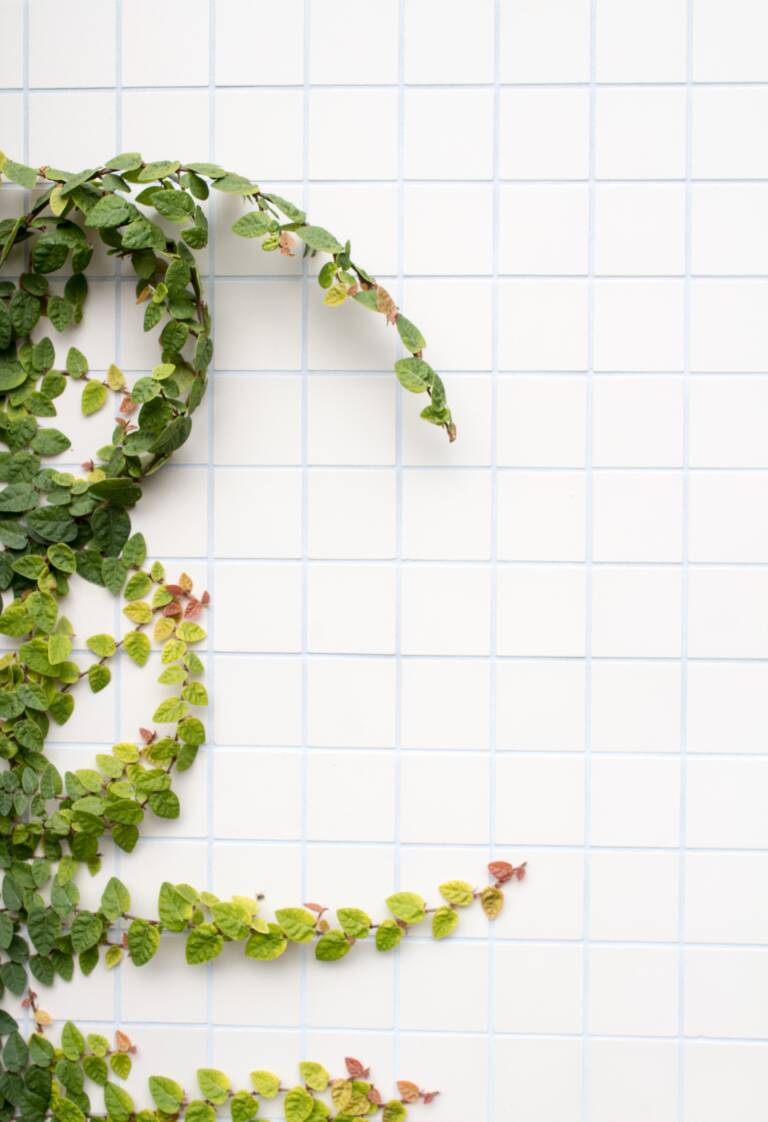New ceramic passively cools the walls

Researchers have discovered a new passive radiative cooling (PRC) ceramic material designed to increase energy efficiency in the building industry, offering a promising tool in the fight against global warming. The new material was published in the journal Science .
Researchers at City University of Hong Kong (CityU) have created a new material called cooling ceramic.
According to the official release, the newly developed material exhibited “high-performance optical properties for generating cooling without external energy and without refrigerants.” In summary, it is an extremely reflective ceramic based on the use of inexpensive materials, but with particular robustness characteristics.
“Our coolant ceramic achieves advanced optical properties and has robust applicability. The color, resistance to atmospheric agents, mechanical robustness and the ability to reduce the Leidenfrost effect – a phenomenon that prevents heat transfer and makes the cooling of liquids on the hot surface ineffective – are fundamental characteristics that ensure the durable nature and versatile of the cooling ceramic,” said Edwin Tso Chi-yan, associate professor at the university and one of the paper's corresponding authors.
A truly unique material
The study highlights that the fundamental strength and uniqueness of this material comes from its “hierarchically porous structure”.
This structure is simple to build using ordinary inorganic elements such as alumina. The procedure consists of two fundamental phases: phase inversion and sintering. Notably, this technique does not require complex equipment or expensive ingredients, making large-scale production of coolant ceramics more practical and achievable.
Additionally, the cooling ceramic reduces sunlight absorption due to the high bandgap of alumina.
“The cooling ceramic is made of alumina, which provides the desired UV resistance, a problem typical of most polymer-based PRC designs. Furthermore, it has exceptional fire resistance, withstanding temperatures above 1,000°C, which exceed the capabilities of most polymer- or metal-based PRC materials,” explained Professor Tso. All extremely welcome features at a building level.
The researchers also added two additional properties to the material to improve its overall efficiency. The first attribute was acquired by the extraordinarily bright insects known as Cyphochilus beetles, while the second is based on Mie scattering, a phenomenon in which particles scatter light.
The cooling ceramic was able to scatter virtually all wavelengths of sunlight, replicating the natural brightness of these beetles and optimizing the porous structure based on this scattering principle.
The result was an exceptional solar reflectivity of 99.6%, one of the highest values ever measured. Interestingly, the improved optical qualities exceed the capabilities of ceramic materials currently available on the market.
Furthermore, refrigerant ceramic performs well in various atmospheric conditions and demonstrates chemical stability and remarkable mechanical strength, making it suitable for extensive outdoor use.
“Our experiment showed that by applying refrigerant ceramic on the roof of a house more than 20% of electricity can be obtained for space cooling, which confirms the great potential of refrigerant ceramic in reducing the dependence on traditional active cooling strategies and provides a sustainable solution to avoid overloading the electricity grid, greenhouse gas emissions and urban heat islands,” said Professor Tso.
Its low cost and durability make it an excellent candidate for commercialization in a variety of applications, especially construction, in the near future.
This technology represents a significant advance in the search for sustainable and environmentally friendly construction methods.
As global temperatures rise, the need for cooling systems also increases, thus contributing to climate change. Sustainable materials offer a solution to this growing need without exacerbating the problem.

Thanks to our Telegram channel you can stay updated on the publication of new Economic Scenarios articles.
The article New ceramic passively cools the walls comes from Economic Scenarios .
This is a machine translation of a post published on Scenari Economici at the URL https://scenarieconomici.it/ceramica-che-raffredda/ on Sun, 12 Nov 2023 13:00:59 +0000.
